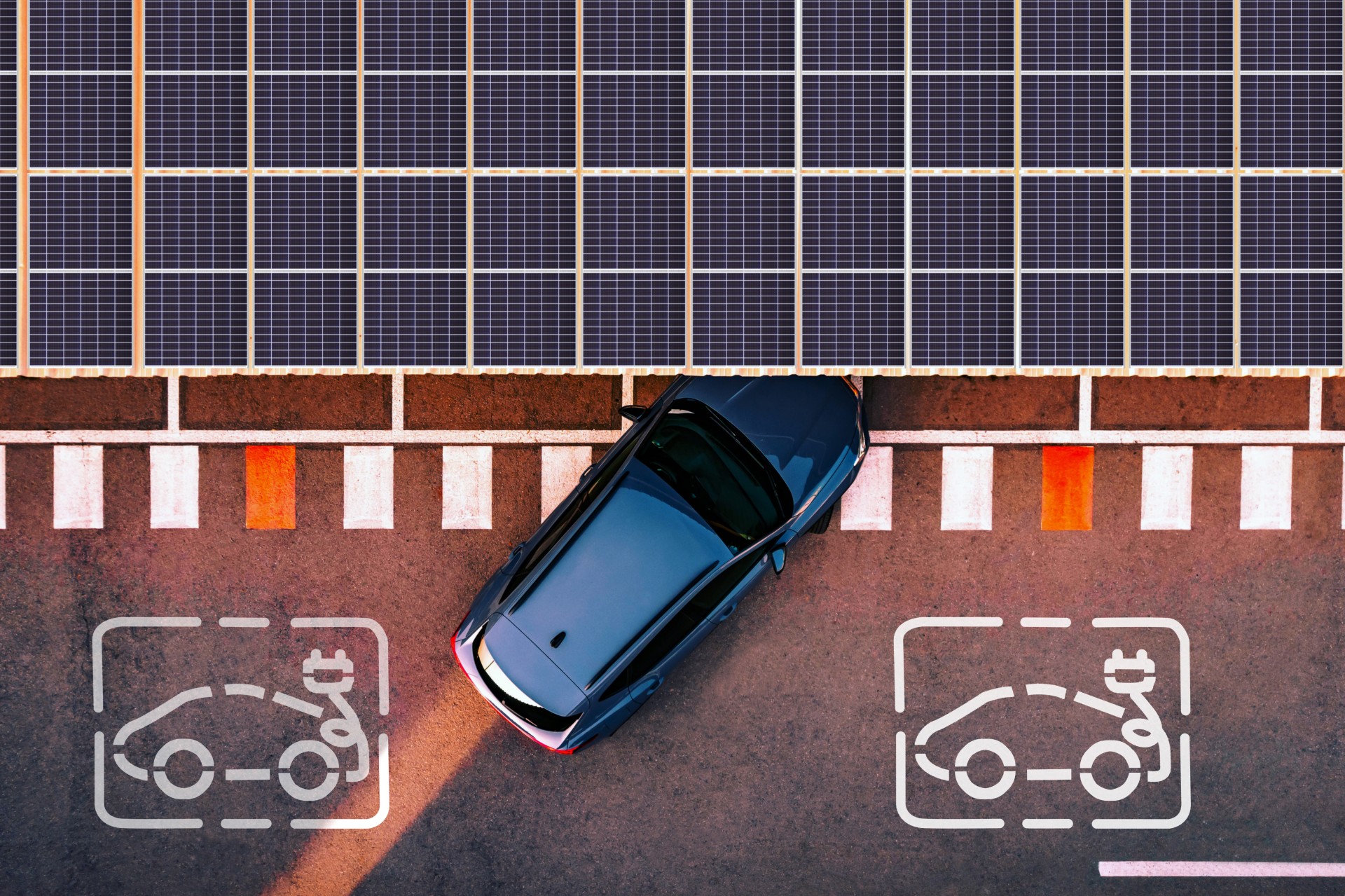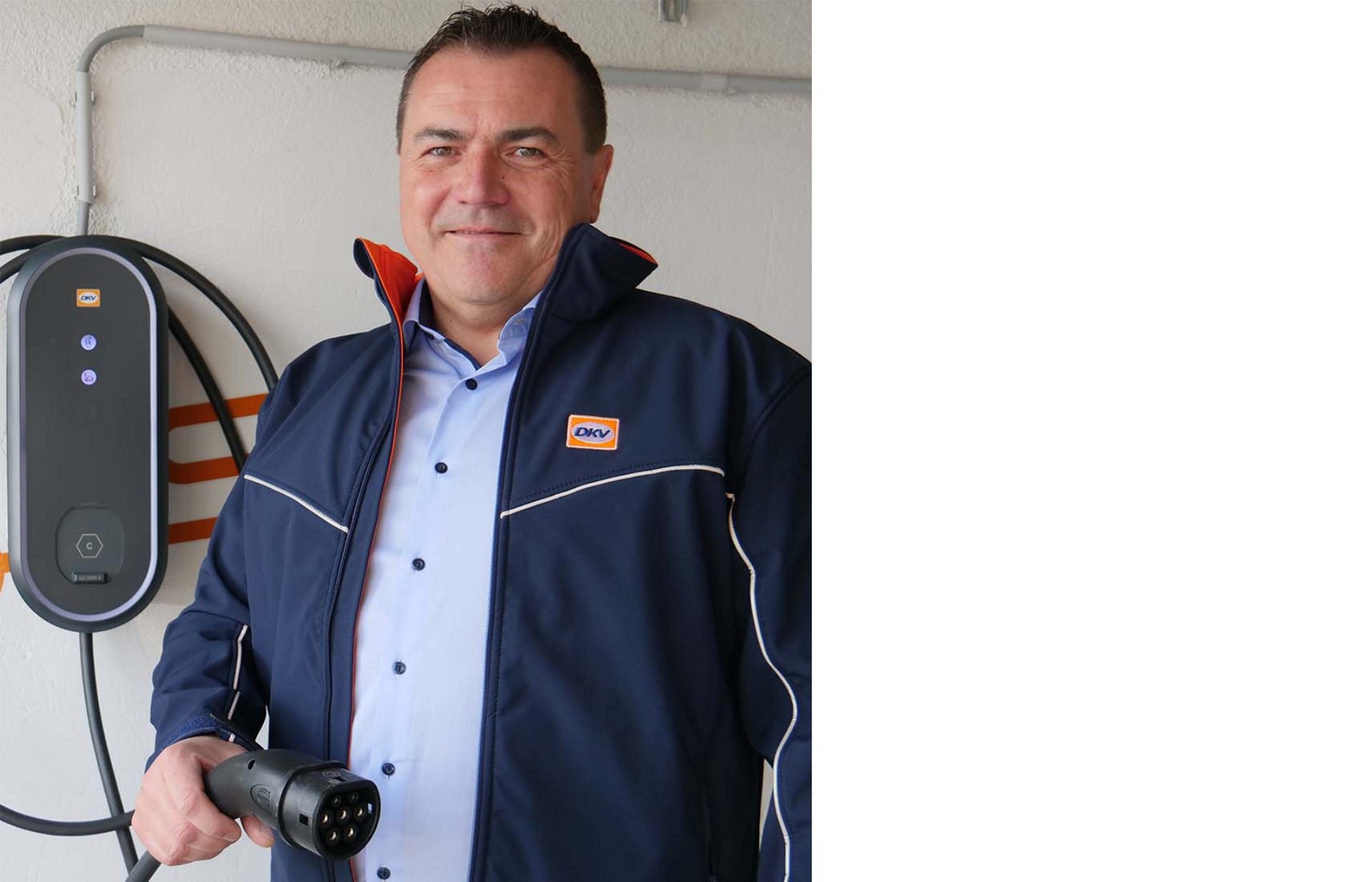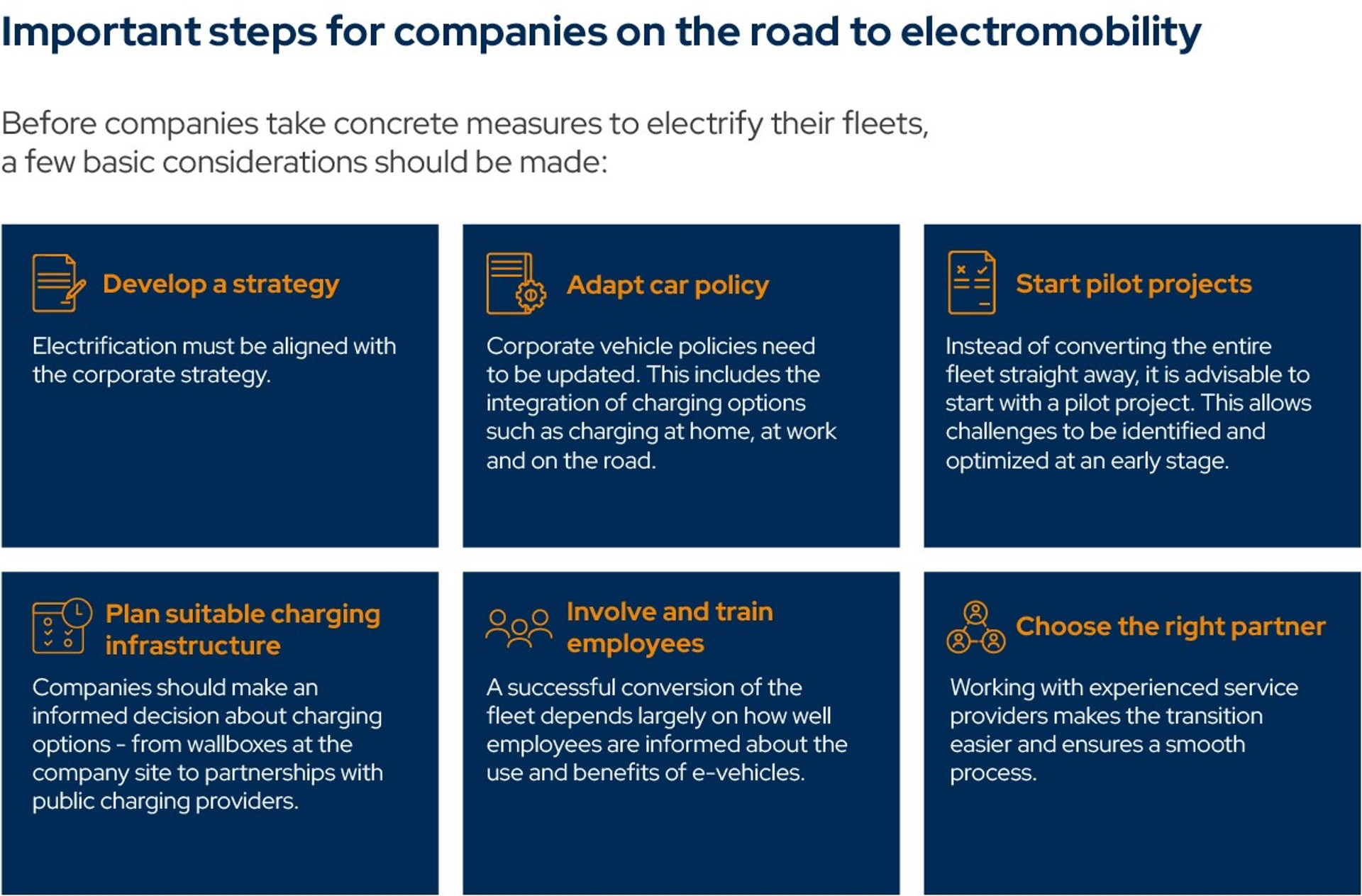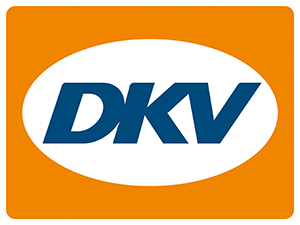The future is electric: how to make the switch to electromobility in commercial fleets

Electromobility has undergone an impressive development in recent years. Whereas a decade ago, drivers still had to cope with a patchy charging infrastructure and a limited selection of e-vehicles, today's reality is completely different: E-cars with a range of up to 600 kilometers and an increasingly dense network of fast chargers have made electric driving suitable for everyday use. But how can companies benefit from this development?
A fact check on electromobility
- 13.6% of all new registrations in Europe are electric cars (as of 2024, source: Statista)
- Fast charging: Batteries can be charged up to 80% in just 30 minutes
- Ranges of up to 600 km, depending on model and driving style
One expert who has closely followed and helped shape this change is Christof Kiesel. He has been an enthusiastic e-mobilist for more than ten years and contributes his expertise as Head of Technical Consulting eMobility @home @work at DKV Mobility. He and his team support companies in successfully converting their fleets to electric vehicles.
“Why electromobility?” - Insights from Christof Kiesel
Newsroom: Christof, your personal interest in electromobility goes back many years. To what extent has this passion merged with your professional career?
Christof Kiesel: The combination of sustainable mobility and renewable energies has fascinated me for decades. Over the course of my career, I have gained valuable experience in various positions in the automotive industry, the IT sector and in the field of renewable energies. I started working with photovoltaics back in 1997 and made it the focus of my studies. I drove my first electric car in 2012 - and the topic has stayed with me ever since.
In 2018, I decided to join DKV Mobility, a company that set the course for electromobility early on. We have continuously expanded this area in recent years: What once started with a small group of employees is now a team of over 300 experts.
Our aim is to provide customers with comprehensive information about electromobility, to train and support them and to accompany them on their entire journey towards a sustainable future.
Newsroom: The switch to electromobility involves more than just replacing combustion vehicles with electric cars. What are the most common challenges that companies face?
Christof Kiesel: Companies often face administrative hurdles. Many underestimate that electromobility requires a complete realignment of fleet management. Aspects such as charging infrastructure, electricity billing, and range management play a central role. Important questions include: What charging options are available for employees? How is billing handled for home charging or public charging stations? Charging on the go has become easier, but it is not perfect. While charging on the road was a challenge in the early years, the situation has radically improved today thanks to massive investments in charging infrastructure. Fast-charging stations can now be found at almost every rest stop.

Christof Kiesel, Head of Technical Consulting eMobility @home @work at DKV Mobility.
Newsroom: How exactly does your team support companies in transitioning to electromobility?
Christof Kiesel: We offer targeted training and consulting services for our customers. Every two weeks, we host hands-on webinars that highlight the key aspects of electromobility. Companies that focus on education and a well-thought-out transition at an early stage can not only make this shift more efficient but also benefit from the advantages in the long run.

Newsroom: Many companies are still hesitant about switching to electromobility. How do you address common concerns?
Christof Kiesel: First of all, potential customers need to understand that electromobility is not only sustainable but also economical and practical. Clear and easily understandable information about the benefits of electric vehicles, as well as government incentives and tax advantages, is essential.
Additionally, customers should have the opportunity to test electric vehicles in everyday situations to address concerns directly and gain practical experience. A cost-benefit analysis helps illustrate how lower operating costs – such as reduced maintenance and cheaper energy – can facilitate the transition in the long run.
It is also important to explain charging infrastructure in a simple and comprehensible way to eliminate uncertainties regarding vehicle charging. All these measures help make the decision for electromobility easier and more tangible for many businesses.
Conclusion
Electromobility is practical, economical, and sustainable. Companies that engage with this topic early on benefit from lower operating costs and a positive environmental impact.
However, the transition comes with challenges – companies need a well-thought-out strategy and expert guidance to ensure a smooth shift. Experts like Christof Kiesel support businesses in efficiently integrating electromobility into their fleets. One thing is certain: those who embrace transformation early secure long-term economic and ecological advantages.
More information here: DKV Mobility
